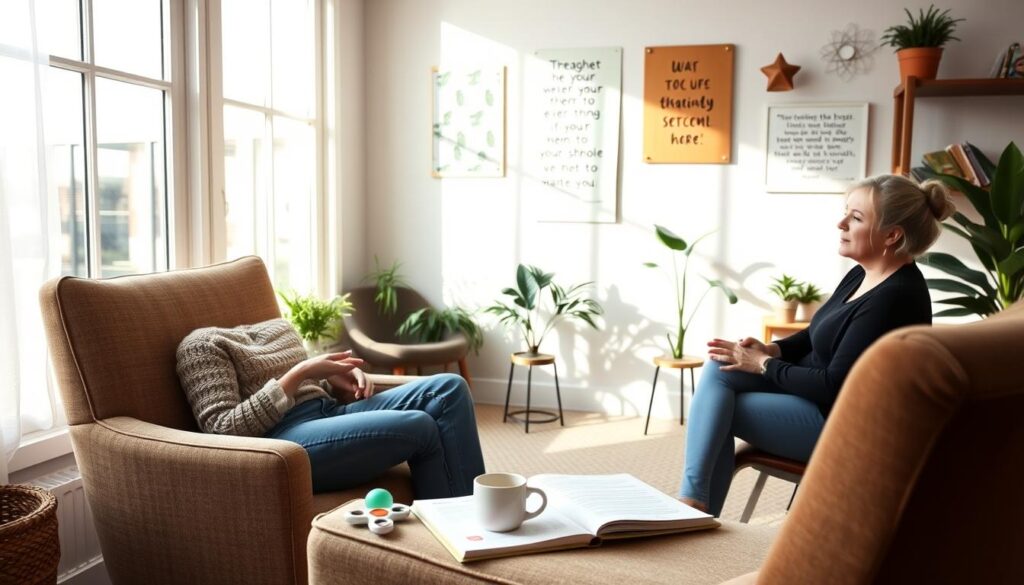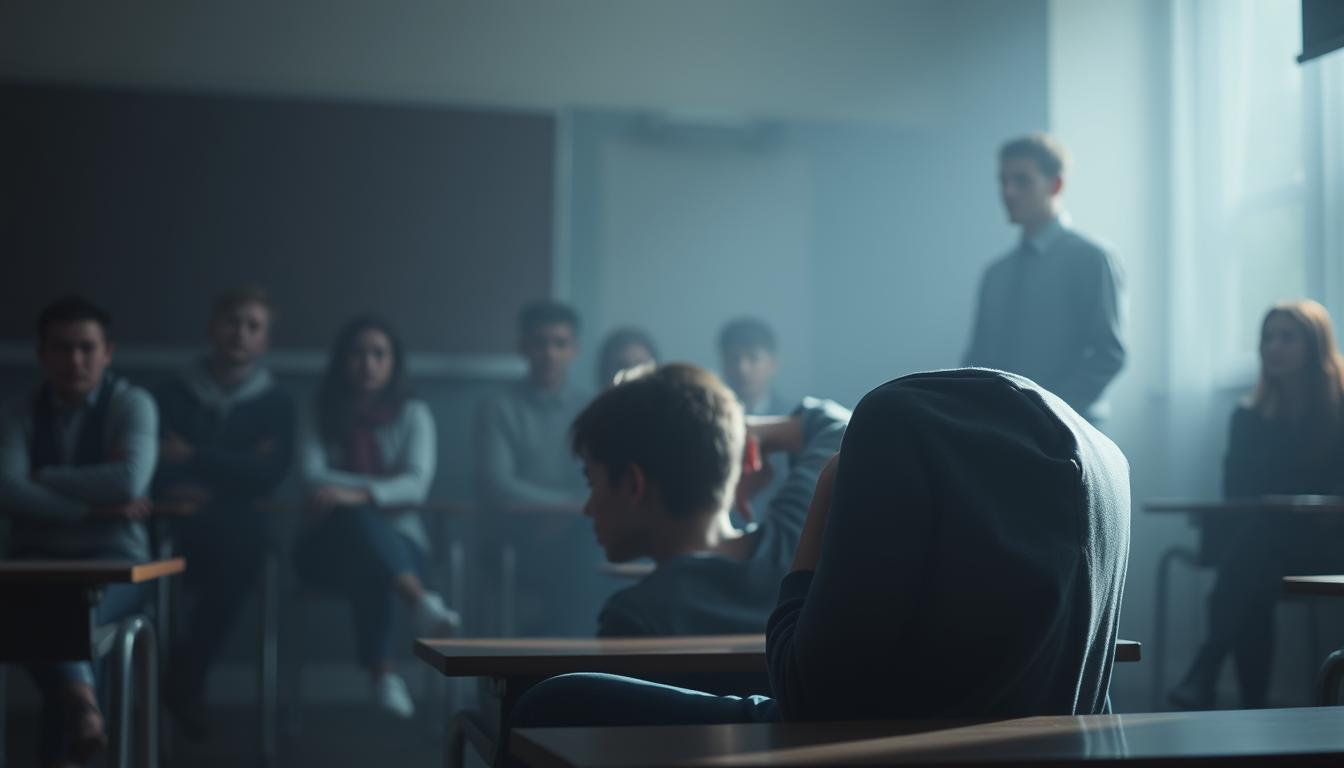Spring break is a time for students to rest and recharge. But it doesn’t mean they have to stop learning. Therapists and teachers can make this break a chance for growth. They can use creative ways to keep students engaged and learning, even when they’re on vacation.
Keeping students focused during spring break can be tough for schools. But therapists can help by creating fun, easy activities that match school goals. These small, playful tasks can keep students’ skills sharp without feeling like schoolwork.
Key Takeaways
- Spring break offers a chance to blend fun with learning through creative activities.
- Therapists can use games and interactive tools to maintain academic momentum.
- Short, daily exercises help prevent knowledge loss during school breaks.
- Collaboration between therapists and families ensures consistent support.
- Technology and hands-on projects make learning feel like part of the break.
Understanding Student Break Dynamics
Spring breaks can shake up our routines, but they also offer a chance to tackle big challenges. Teachers and therapists need to understand how breaks affect students. Academic continuity relies on spotting and fixing gaps early.
Identifying Learning Gaps
Breaks can mask problems like forgetting skills or understanding delays. Schools quickly check for these gaps. For instance, forgetting math like fractions or losing reading speed can happen if not practiced. A 2023 study by the National Education Association showed that 65% of students fall behind in core subjects during long breaks.
- Use short quizzes aligned with recent lessons
- Encourage parent feedback on home activities
- Track participation in optional learning apps
Impact on Academic Continuity
Long breaks can mess up the learning flow. The table below shows how forgetting one subject can affect others:
| Subject | Potential Gaps | Impact on Continuity |
|---|---|---|
| Math | Calculation fluency | Delays in algebra readiness |
| Reading | Comprehension skills | Reduced access to grade-level texts |
| Science | Lab procedure recall | Struggles with advanced experiments |
To keep academic continuity, we need to act early. This means regular skill checks or projects that spark interest. Therapists can work with teachers to make special plans for each student.
Creative Strategies for Keeping Students Engaged
Therapists can make breaks valuable with creative ideas that focus on student support. By blending fun with learning, students can keep making progress without feeling pressured.
- Interactive Learning Journals: Students can record their break experiences through art, writing, or photos. This enhances their observation skills and encourages creativity.
- Mini-Project Challenges: Give students short projects like “Design a Dream Classroom.” It boosts problem-solving and self-expression.
- Virtual Skill Shares: Host online sessions where students teach each other a hobby or talent. It builds confidence and social skills.
| Strategy | Benefits |
|---|---|
| Outdoor Learning Walks | Encourages physical activity and real-world application of concepts |
| Storytelling Circles | Promotes language skills and emotional expression |
| Game-Based Quizzes | Makes review sessions fun while reinforcing knowledge |
These strategies work best when they match each student’s needs. Keeping in touch with families helps ensure the plans meet each student’s goals. Small, fun steps during breaks keep progress going—showing support doesn’t need a classroom.
Digital Tools and Resources for Remote Learning
Technology is key in keeping students connected during breaks. Interactive tools and virtual resources help keep learning going. This way, no learning gap is left unaddressed.
Interactive Learning Platforms
Platforms like Kahoot! and Nearpod make learning fun. They turn lessons into games, making students more engaged. inhealth staffing works with schools to teach therapists how to use these tools well. For instance:
- Kahoot! quizzes for instant feedback
- Nearpod’s live polls to track understanding
Virtual Collaboration Techniques
Tools like Zoom and Google Meet make real-time interaction possible. inhealth staffing experts suggest:
- Breakout rooms for small-group discussions
- Screen-sharing for visual learning
Engaging Content Delivery
Choose formats that keep students interested. Here’s a comparison of popular options:
| Tool | Features | Best For |
|---|---|---|
| Flipgrid | Video responses | Oral presentations |
| Padlet | Digital bulletin boards | Creative projects |
| Canva | Design templates | Visual assignments |
Using these tools with inhealth staffing support helps therapists meet student needs. Simple, flexible solutions keep learning fun, even when classrooms are virtual.
Integrating Therapy and Academic Support
Therapists and teachers can mix therapy with learning to keep students moving forward during breaks. They use small, focused sessions to practice important skills. For instance, speech therapists might use stories to improve language while teaching history.

Creating a good support while on break plan is key. Here are some tips:
- Weekly meetings to check on how students are doing
- Games that mix motor skills with math or reading
- Workshops for parents to help at home
| Therapeutic Focus | Academic Link |
|---|---|
| Social-emotional learning | Conflict-resolution role-plays |
| Executive functioning | Organized study routines |
| Sensory integration | Quiet spaces for reading time |
Tools like visual schedules or special apps help connect therapy goals with schoolwork. Schools working with clinics offer workshops. This way, students stay on track and are ready to learn when they return.
Empowering OT, SLP, School Psych, Social Workers keep students learning during breaks
OTs, SLPs, school psych professionals, and social workers are crucial in keeping students learning during breaks. They help fill learning gaps and keep students on track. Here’s how they can make a difference:
Tailored Intervention Strategies
- Personalized learning plans: OTs and SLPs create activities that meet each student’s needs, like sensory exercises or speech drills.
- Hands-on engagement: School psychologists and social workers organize workshops on emotional control or social skills.
- Progress tracking: Digital tools help track student progress, ensuring they stay on track for the next term.
Communication with School Stakeholders
- Regular meetings with teachers to share student progress updates.
- Keep parents informed through email summaries or brief calls.
- Work with school administrators to align goals with broader academic targets.
Small, consistent efforts from these specialists have a big impact. By focusing on targeted interventions and clear communication, they keep learning alive, even during breaks.
Building Community Partnerships for Continued Support
Strong community ties help keep students learning active even when school is out. Educational professionals can bridge gaps by uniting families, local organizations, and schools. These partnerships turn breaks into opportunities for growth rather than pauses in progress.
“When schools and communities work together, every space becomes a classroom.” – National Education Association
Collaboration with Parents
Parents play a vital role in reinforcing skills learned in school. Educational professionals can:
- Share weekly activity calendars with home-based learning ideas
- Create parent-teacher chat groups for real-time advice
- Send take-home kits with materials for hands-on projects
Local Educational Programs
Libraries, museums, and parks offer free resources. Partnering with these spaces provides:
- Summer reading clubs that boost literacy skills
- Science centers hosting experiment-based workshops
- After-school tutoring by local college students
By uniting these resources, educational professionals ensure students learning remains a shared mission. Community programs transform everyday spaces into extensions of the classroom, making education a year-round adventure.
Conclusion
Spring break doesn’t have to be a break from learning. Tools like interactive apps and virtual collaboration keep students engaged. They help maintain academic progress even when schools are closed.
Learning during holidays works best when everyone works together. Schools, families, and communities can use digital tools like Khan Academy. This way, breaks become chances to improve skills.
Every break is a chance to learn, not a setback. Taking small steps during these times keeps skills sharp and builds confidence. By balancing fun and learning, students come back ready to learn more.
FAQ
How can therapists support students during spring break?
Therapists can use creative strategies to keep students engaged. They can plan fun activities and make learning interactive. This way, students can relax and learn at the same time.
What are some effective ways to identify learning gaps during breaks?
To spot learning gaps, watch how students do before and after breaks. Use tests and ask teachers for their thoughts. Working with OTs and other experts helps understand students better.
How do breaks impact academic continuity for students?
Long breaks can cause students to forget what they learned. It’s important to keep supporting them. This way, they can pick up where they left off when they go back to school.
What digital tools can enhance remote learning during breaks?
There are many tools online that make learning fun. You can find apps and websites that help students learn and stay connected even when they’re not in class.
How can therapy and academic support be effectively integrated?
Therapists can mix therapy with learning plans. This helps students grow both emotionally and academically. It’s a great way to keep learning going, even when they’re not in school.
What strategies can OTs, SLPs, school psychologists, and social workers use during breaks?
These experts can make learning plans just for each student. They can also keep in touch with schools and use special methods to help students keep learning, even when they’re not in class.
How can parents collaborate with educators to support student learning during breaks?
Parents can talk regularly with teachers about how students are doing. They can also find local programs that offer extra learning chances during breaks.
Why is community support important for student learning during breaks?
Working with local groups can give students more chances to learn and grow. It helps make learning a team effort, even when they’re not in school.




